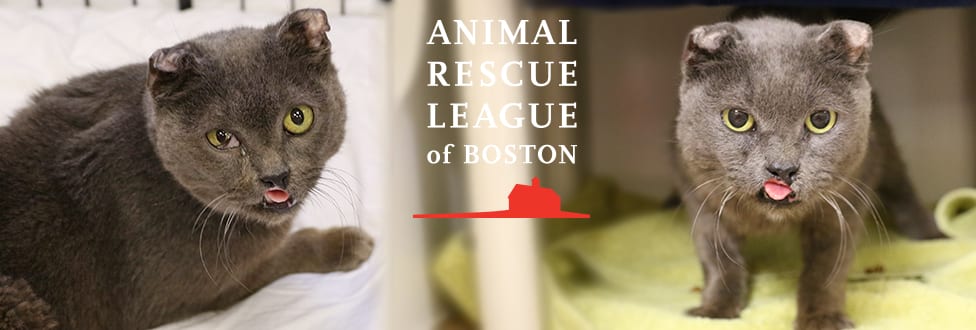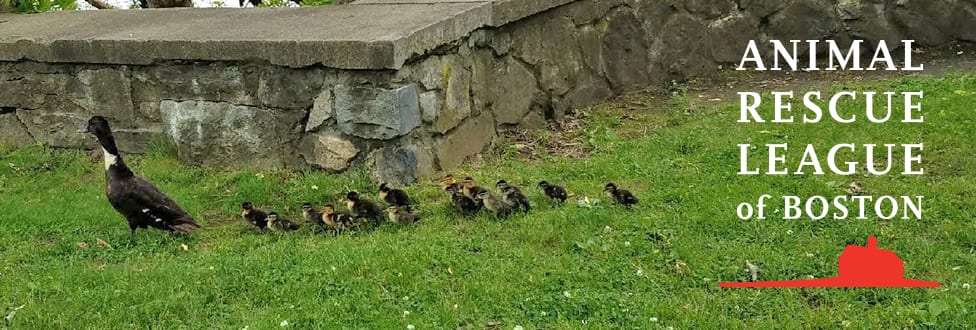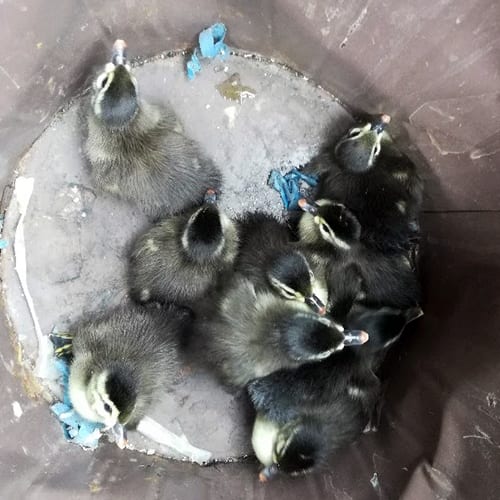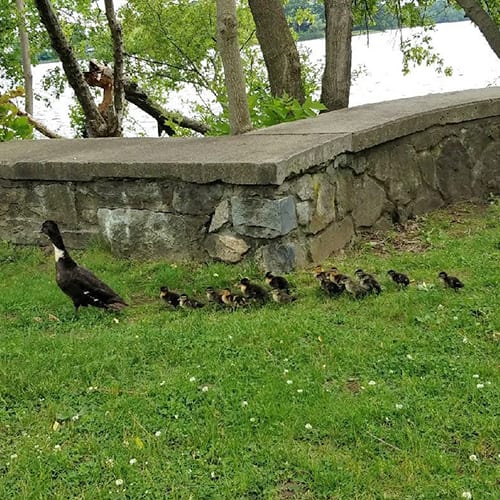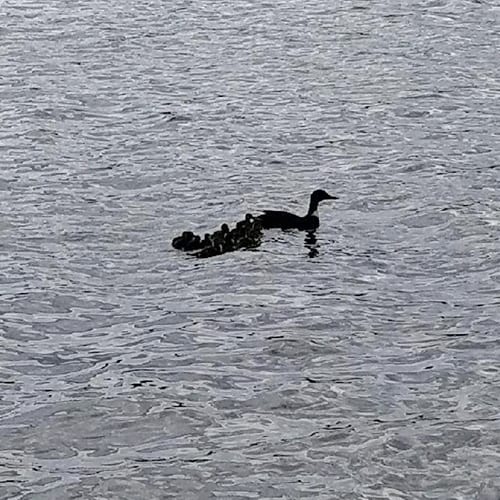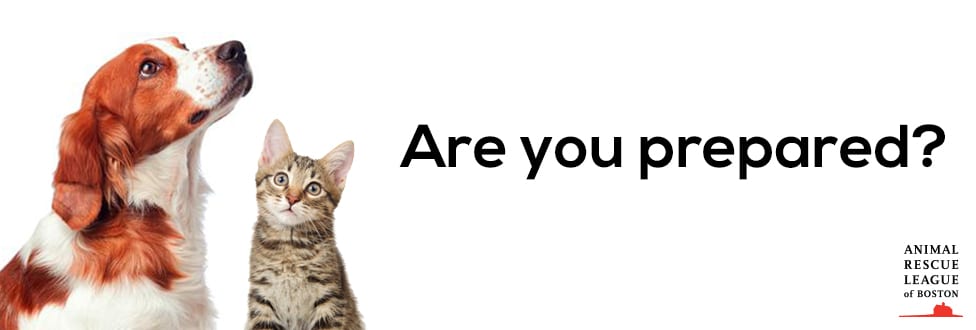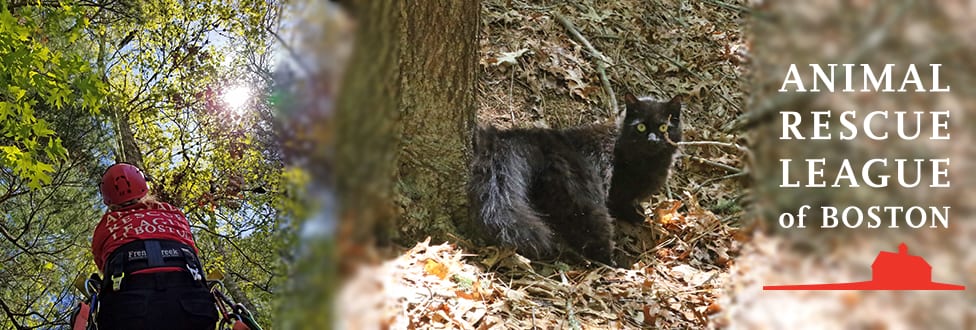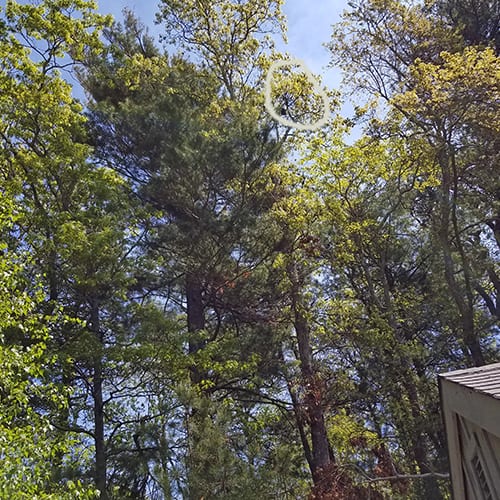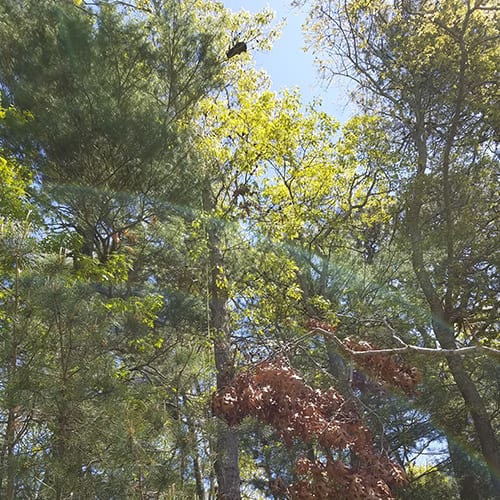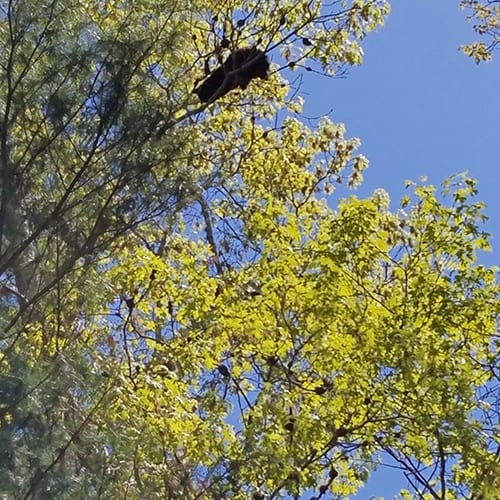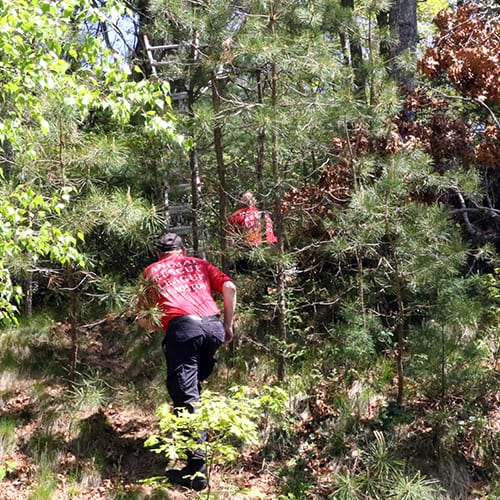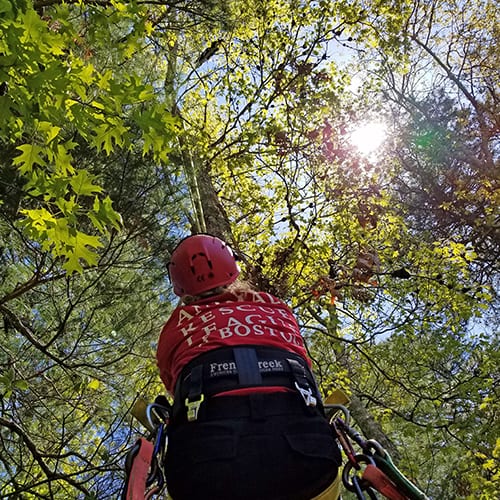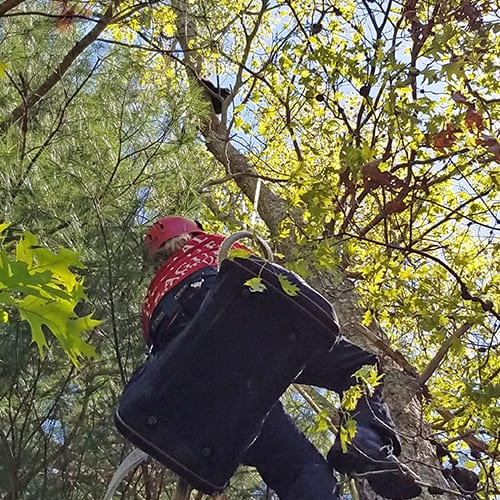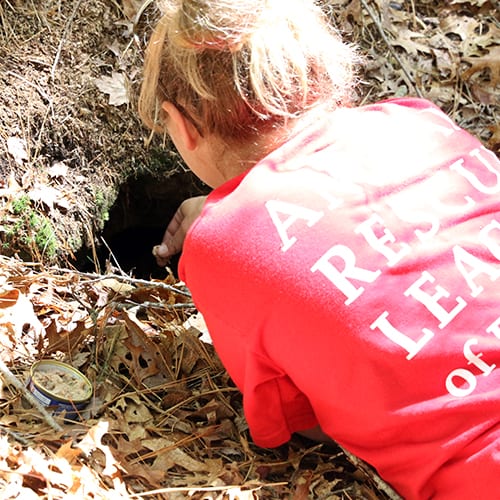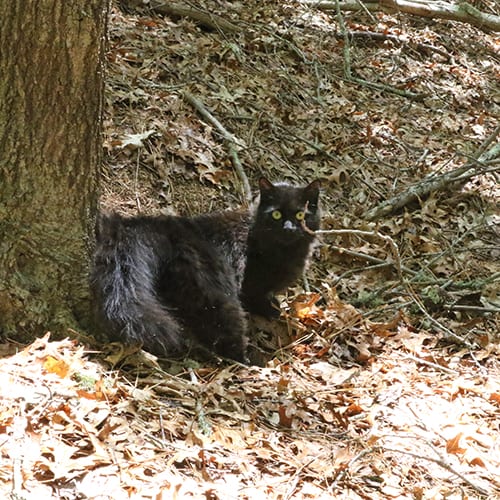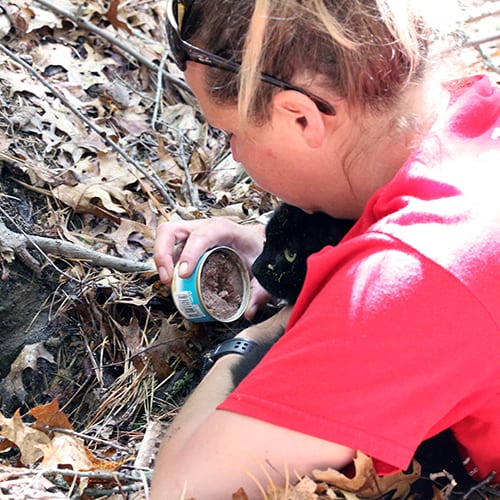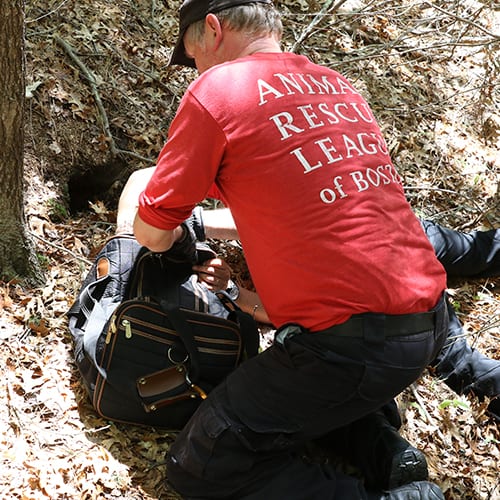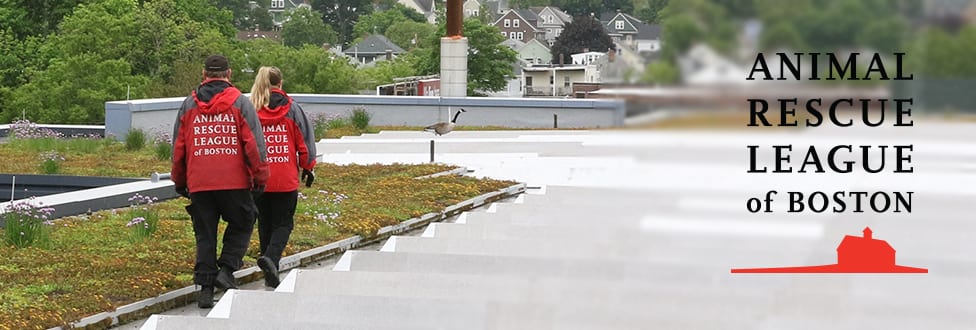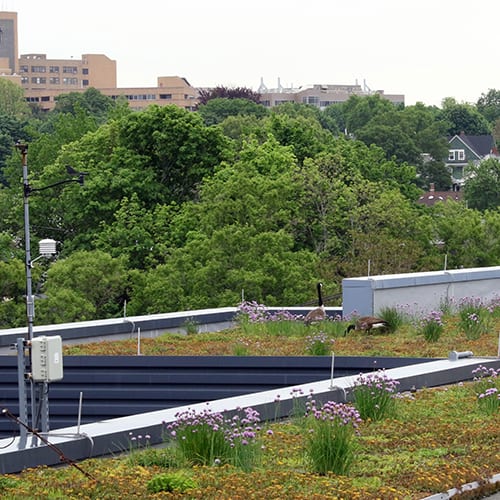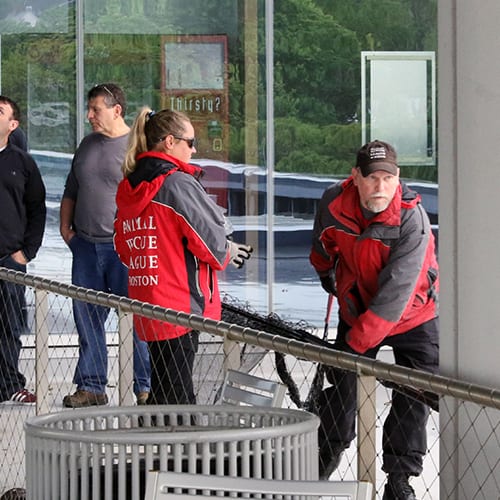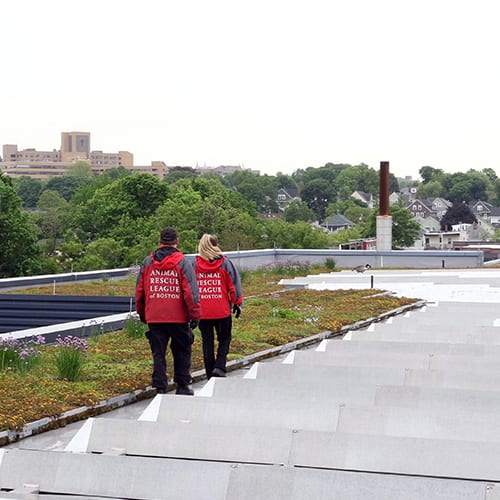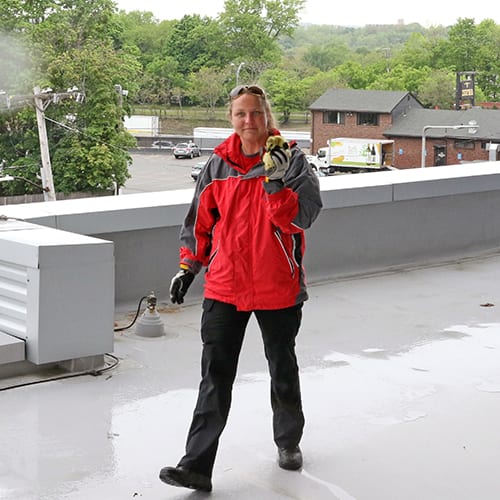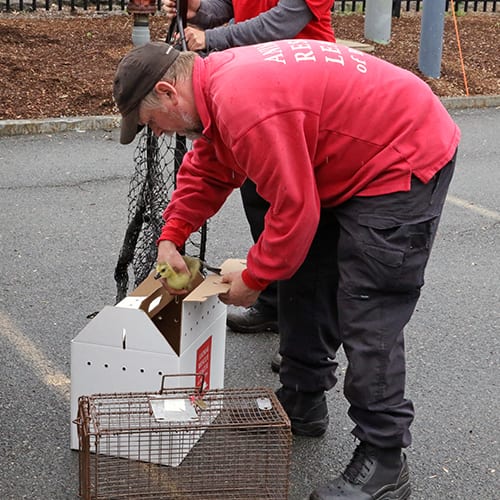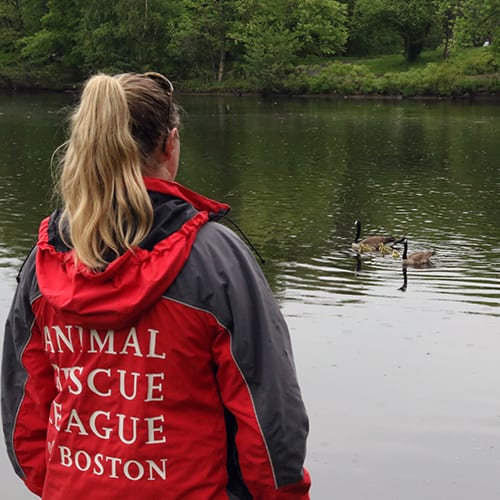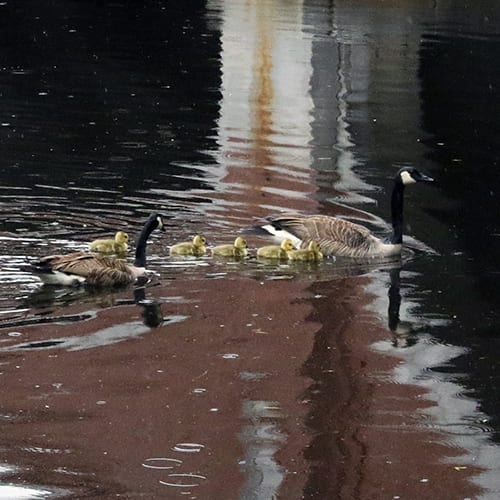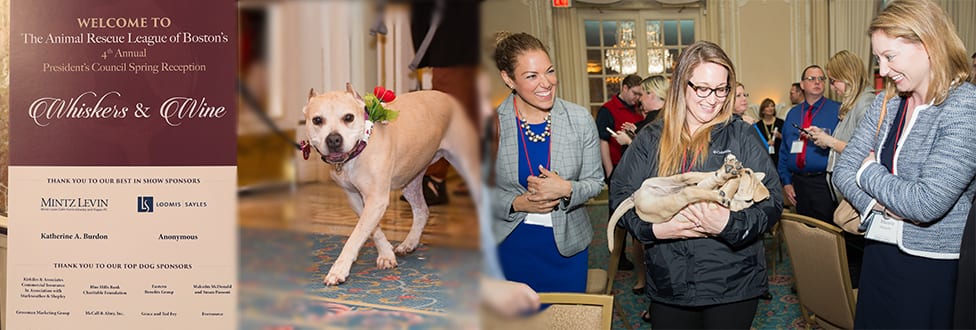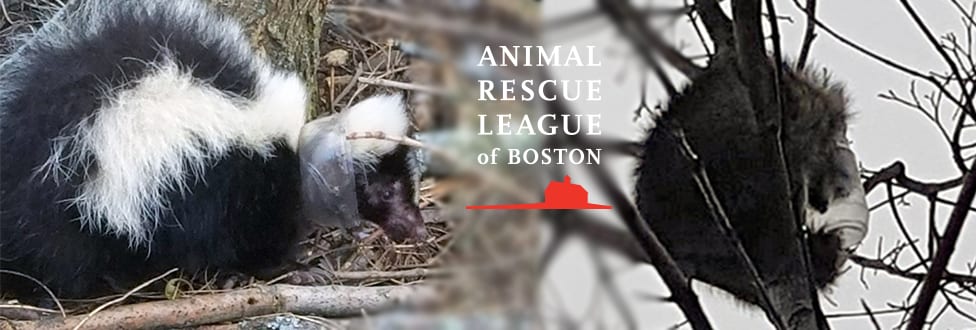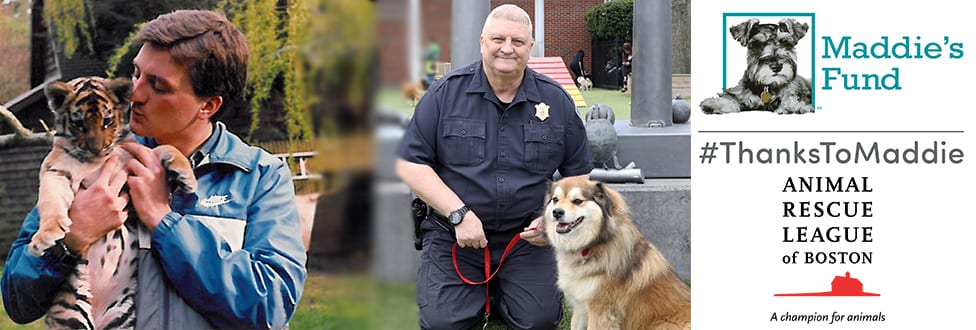Cat with Myriad of Medical Issues Finds Forever Home
June is National Adopt a Shelter Cat Month
June is National Adopt a Shelter Cat Month, and the Animal Rescue League of Boston (ARL) recently found a forever home for one amazing cat with a number of health concerns.
Rhade, a 10-year-old domestic shorthair, came to ARL when her previous owner was moving and presented with quite a few common and uncommon conditions.
Rhade’s most noticeable issue is neurological, as she was born with the congenital abnormality called cerebellar hypoplasia. The condition affects her coordination and balance.
She also tested positive for Feline Immunodeficiency Virus (FIV), which was likely contracted via a bite from another infected cat. An offshoot of Rhade’s FIV was swelling to her lip, commonly known as a rodent ulcer. A biopsy did not reveal any underlying issues, but her lip is permanently deformed.
Previous ear mite infections has caused what’s commonly known as “cauliflower ear”, and finally, Rhade has developed Horner’s syndrome in her right eye. This condition is due to an unknown impairment to her sympathetic nervous system – which is responsible for the normal fight or flight reaction.
Despite all these issues, Rhade persevered and does have a good quality of life. Rhade responded well to all her treatments at ARL, however it’s hard to know what her medical future holds, and it’s important for her new family to monitor her closely.
“She’s Amazing”
This past week, Rhade found her forever home, and for all parties involved, it was love at first sight. Because of her medical issues, her new owners had a long medical consult with ARL’s shelter medicine staff and at the end summed up this sweet girl by saying “So basically she’s perfect from the neck down?”
“She’s amazing,” her new owner said. “We fell in love as soon as we saw her.”
Extraordinary Care
As with any animal that comes through our doors, ARL’s veterinary medicine staff spent an enormous amount of time diagnosing and treating all of Rhade’s health issues to ensure that any potential adopter would be as informed as possible before taking her home.
Rhade has been given a second chance and is ready to thrive in her new home.
At the Core of ARL’s Mission
Part of ARL’s core values are compassion and commitment – and while this extends to every one of the animals we serve, a cat like Rhade needs that compassion and commitment to live to her full potential with the greatest quality of life possible. ARL’s mission is to ensure that animals are safe and healthy in the communities they live, and our success in this mission could not be possible without your support.

